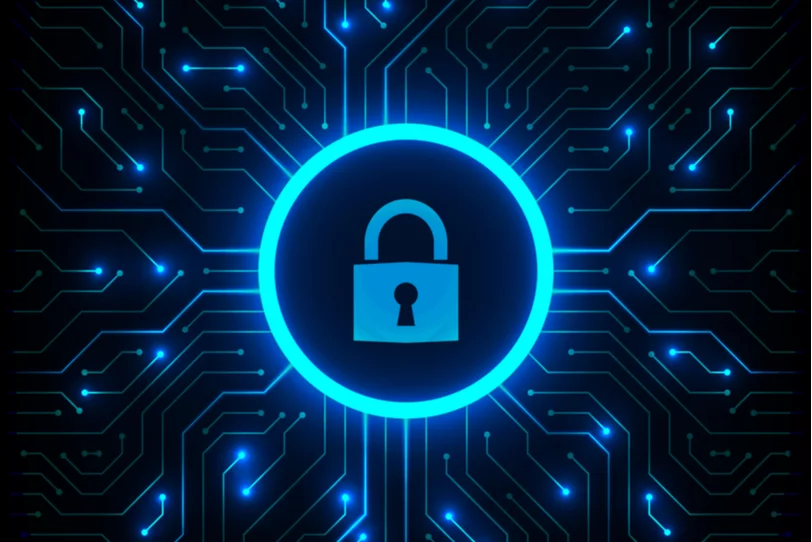
Cloud computing and IoT devices are becoming more famous with time. These technologies have completely changed the network security architecture of companies. Cyberattacks are also increasing with time. Hackers are using complex attacks for breaking into corporate networks. Most of the data breaches occur due to insider threats. Employees are using their personal devices for accessing business networks. This is creating various loopholes in the network. Thus, it is important to protect your network from insider threats. Zero Trust Architecture is becoming more famous with time. It will help you in protecting your network from insider threats.
What is the Zero Trust Security Framework?
Forrester Research has developed this security framework. The main aim of this architecture is to address the main vulnerabilities of conventional security architecture. Zero trust architecture assumes that every device in your network is not trusted. It will restrict these devices from accessing your network resources. First, it will verify the identity of these new devices. If the identity of these devices is verified, then they can access your network resources. This will help you in creating multiple layers of security in your network environment. Most of the organizations are implementing edge computing frameworks. Edge computing frameworks will increase the number of IoT devices in your networks. Zero trust architecture will help you in maintaining the security of your network. If you are using an edge computing framework, then zero-trust networking is very important for your organization. You can follow the below tips for incorporating zero trust principles.
-
Verify every device
This is the most important feature of Zero trust architecture. You have to authenticate everyone in your network. Every device will first send an access request to your network. This access request can come from both within your network and from outside your network. You should keep a directory of all your enterprise identities. This will help you in reducing insider threats. You can use segmentation technology for creating different directories with unique end-user identities and accounts. Your directory must include your employee accounts. Also, it must include programs or bots that are going to access your system for automated queries. If you want to take your network security to the next level, then you must use multi-factor authentication. It will ensure that only legitimate employees are accessing your network. Multi-factor authentication will add an extra layer of security. Thus, this will protect your network from threats.
-
Authentication-Focused security standards
Zero Trust architecture is mostly used for increasing network security. But, you can apply the same rules for increasing the security of your data center. It is the responsibility of the colocation facility to protect its customer IT assets from threats. You should implement layered security protocols for protecting your customer IT assets. Multi-factor authentication will ensure that only authorized users can access your facility. Thus, this will protect your customer’s valuable applications and data from attackers. It is important to use security measures like access lists and biometric scanners for protecting your infrastructure.
-
Check requests
Most enterprises think that multi-factor authentication is enough for protecting their network. But, it is not enough to protect your entire network. You should also investigate who is accessing your application or database. First, your system should verify if authorized personnel is accessing your database. After that, it should check why your employee is accessing your database. If someone is performing a malicious task, then it should alert the IT department. Thus, your users should provide the context for accessing your network. Zero trust principles will help you in creating a transparent record of your employee activity. This will help you in decreasing the security risks.
-
Least privilege accounts
Most of the attackers use a similar kind of tactic for hacking into the corporate network. They will first gain access to your corporate network. After that, they will move from one location in your network to another location. They will look for the sensitive data in your network. Least Privilege is based on the fact that your employees don’t need to access your entire network. They only need access to some part of your network. You can give role-based access to your employees for completing their tasks. If they want to access some other part of your network, then they must take proper permission first. Once your employees have completed their task, their account will return to the least privilege status. Thus, they need to again send a request for accessing sensitive data from your network. This will help you in limiting the lateral movement in your network.
-
Adaptive Controls
You can use machine learning for analyzing your user behavior. Thus, AI will help you in identifying any anomalies in your network. For example, if an admin is trying to access your network from any other location, then access controls will deny this request. Adaptive controls are based on user behavior. AI software can scan every session in your network. It will evaluate these sessions for finding unusual behavior. If there is any unusual behavior, then it will block the user from accessing your network. This type of access control is perfect for companies that deal with sensitive data.
Conclusion
You can use Zero Trust architecture for improving your network security. It will help you in decreasing the risk of data breaches. Most of the data breaches happen due to insider threats. Zero Trust architecture will also protect your network from insider threats. The number of devices in the corporate network is increasing with time. Most of the companies have a Bring your own Device (BYOD) policy. Thus, your employees can use their devices for accessing your corporate network. It is important to make sure that your network is protected from new vulnerabilities. If you want more tips regarding network security, then you contact Bleuwire.
Contact us today to learn about Bleuwire™ services and solutions in how we can help your business.





